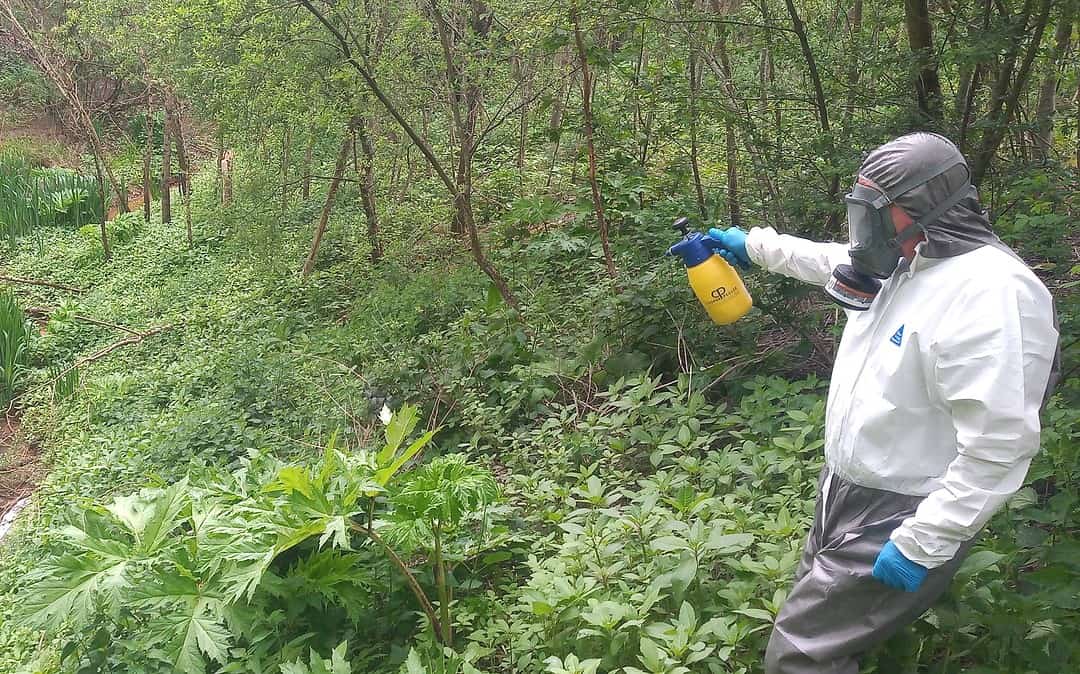The Impact of Giant Hogweed on Local Ecosystems 2024
Giant hogweed is a very invasive plant species that has spread rapidly across North America and Europe in recent decades.
This toxic weed poses a serious threat to local ecosystems. Disrupting the balance of plant life and alters the natural environment in a negative way. Understanding the impact of giant hogweed on local ecosystems is crucial in the efforts to control and manage its spread.
What is Giant Hogweed?
Giant hogweed (Heracleum mantegazzianum) is a herbaceous perennial plant that is native to the Caucasus region of Eurasia. It was introduced to North America and Europe as an ornamental garden plant in the early 20th century, and it has since escaped cultivation and established itself as a highly invasive species.
Giant hogweed can grow up to 14 feet tall and is easily recognizable by its large, umbrella-shaped clusters of white flowers and the huge leaves that can reach up to five feet in diameter. Despite its impressive appearance, giant hogweed is a highly toxic plant that poses a serious risk to both humans and the environment.
The Impact of Giant Hogweed on Native Plant Species
One of the most significant impacts of giant hogweed on local ecosystems is its ability to displace native plant species. Giant hogweed is highly competitive, and it quickly overtakes native plants. Reducing the diversity of plant life in an area and altering the natural balance of the ecosystem.
Giant hogweed also impacts the health of native plant species by shading out other plants, limiting the amount of sunlight that reaches the ground and limiting the growth of other species. This can lead to a decline in overall plant biodiversity and a decrease in the quality of the ecosystem as a whole.
The Impact of Giant Hogweed on Wildlife
In addition to its impact on plant life. Giant hogweed also affects the health and well-being of local wildlife. The plant’s toxic sap can cause skin irritation and other health problems for animals that come into contact with it. Additionally cause displacement of native plant species can limit the availability of food and shelter for wildlife in the area.
Giant hogweed can also impact the health of aquatic ecosystems by reducing the quality of the water and altering the habitat for aquatic plants and animals. The plant’s extensive root system can lead to soil erosion and changes in the water flow and water quality, negatively affecting the health of local rivers, streams, and lakes.
Controlling the Spread of Giant Hogweed
To reduce the impact of giant hogweed on local ecosystems, it is crucial to control and manage its spread. Preventing the introduction of giant hogweed to new areas is key, and it is important to avoid planting the plant in gardens or other areas where it can spread to the wild.
Removing existing infestations of giant hogweed is also important in controlling its spread. This should be done by trained professionals who are equipped to handle the plant safely and effectively. It is also important to properly dispose of any giant hogweed plants that are removed to prevent further spread.
Giant hogweed s a highly invasive plant species that poses a serious threat to local ecosystems.
Its ability to displace native plant species, impact the health of wildlife, and alter the natural environment make it a dangerous and damaging presence in our communities. By understanding the impact of giant hogweed on local ecosystems, we can work to control its spread and protect our environment for future generations. By taking the necessary precautions, educating the public, and working together, we can help to mitigate the impact of giant hogweed and preserve the health and diversity of our local ecosystems.
